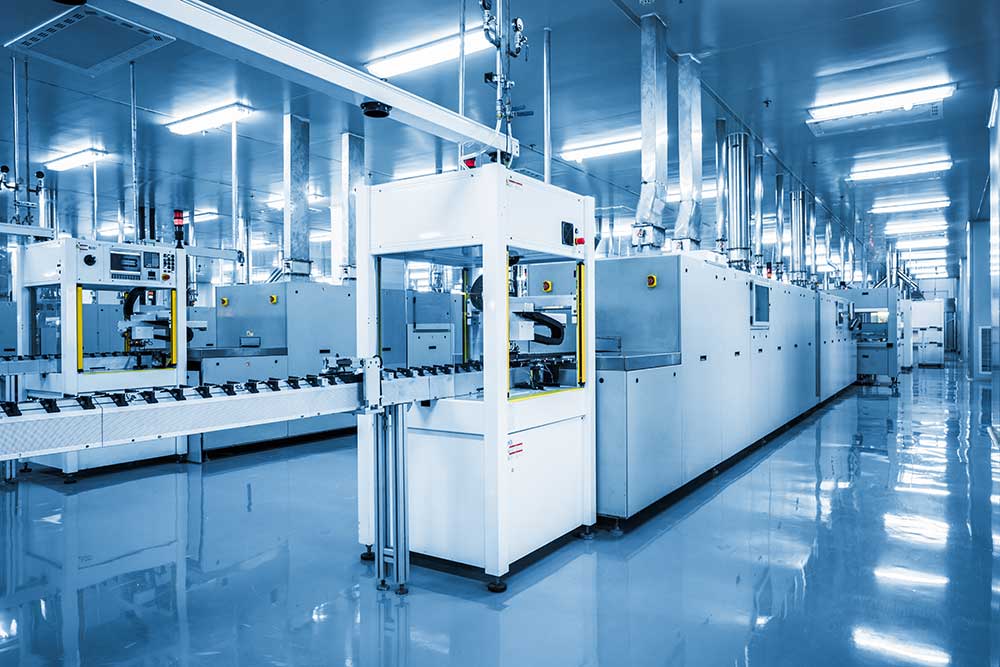
Managing Static Electricity in Data Centers
Effectively managing static in data centers is essential to ensuring the safety, reliability, and lifespan of crucial electronic equipment. Below, we outline the key reasons static poses a risk in data centers and present practical solutions for minimizing these risks.
Why Static is a Risk in Data Centers
Damage from Electrostatic Discharge (ESD):
Electrostatic Discharge (ESD) occurs when a person or object with a static charge makes contact with a sensitive electronic component, creating a spark that can damage or destroy it. Even a tiny discharge, imperceptible to humans (as low as 10 volts), can weaken or immediately damage hardware like integrated circuits and memory modules. Preventing ESD has long been a priority for manufacturers and remains vital in data center operations.
Dust and Contamination Attraction:
Electrostatic Attraction (ESA) draws airborne particles to charged surfaces, leading to dust buildup on critical components. Dust accumulation reduces airflow, increases temperatures, and ultimately impacts the efficiency and lifespan of the equipment. Over time, this can result in system malfunctions or hardware failures.Solutions for Static Control in Data Centers
Grounding Personnel:
People generate static electricity as they move, making them a major source of static risk. Grounding straps and non-charging equipment help dissipate this static charge. Wrist straps, which connect to a common ground, are widely used, and heel grounders provide grounding through footwear, especially on ESD-safe floors, offering static protection to those on the move.
ESD Gloves:
Technicians handling equipment should use ESD gloves made from conductive materials that reduce static buildup and prevent contamination from oils on the hands. For added safety, cut-resistant ESD gloves provide both static protection and cut resistance, while ESD hot gloves protect when handling heated equipment.
ESD Flooring:
Installing static-control flooring is another solution that provides a conductive pathway to safely dissipate static charges. ESD tiles, anti-static floor paint, and ESD mats can all prevent static buildup while protecting floors and reducing worker fatigue.
ESD Table Mats:
Equipping workstations with ESD-safe table mats ensures a grounded surface for handling hardware. These mats minimize the risk of ESD during assembly and repairs, providing technicians with a safer area to work on components.
Ionizing Blowers and Guns:
Ionizers neutralize static by emitting ions that disperse charges on nearby surfaces. Overhead or benchtop blowers can protect workstation areas, while ionizing guns effectively remove dust and neutralize static on equipment surfaces, both cleaning and preventing contamination buildup.
ESD Wipers:
Unlike regular wipers, ESD-safe wipers reduce static buildup while cleaning, helping to prevent dust attraction through friction. Regular cleaning with these wipers ensures equipment remains free of contaminants without introducing new static charges.
Removing Non-Essential Plastics:
Minimizing non-essential ESD-prone materials, particularly plastics, helps reduce static risks. Common items like trash cans, liners, keyboards, and pens can be replaced with ESD-safe versions to eliminate unnecessary static buildup.


![Transforming Technologies 7 Gallon Carbon Loaded Waste Basket [4 Pack]](http://esdguys.com/cdn/shop/files/transforming-technologies-esd-waste-basket-4-pack_280x280.jpg?v=1732296357)